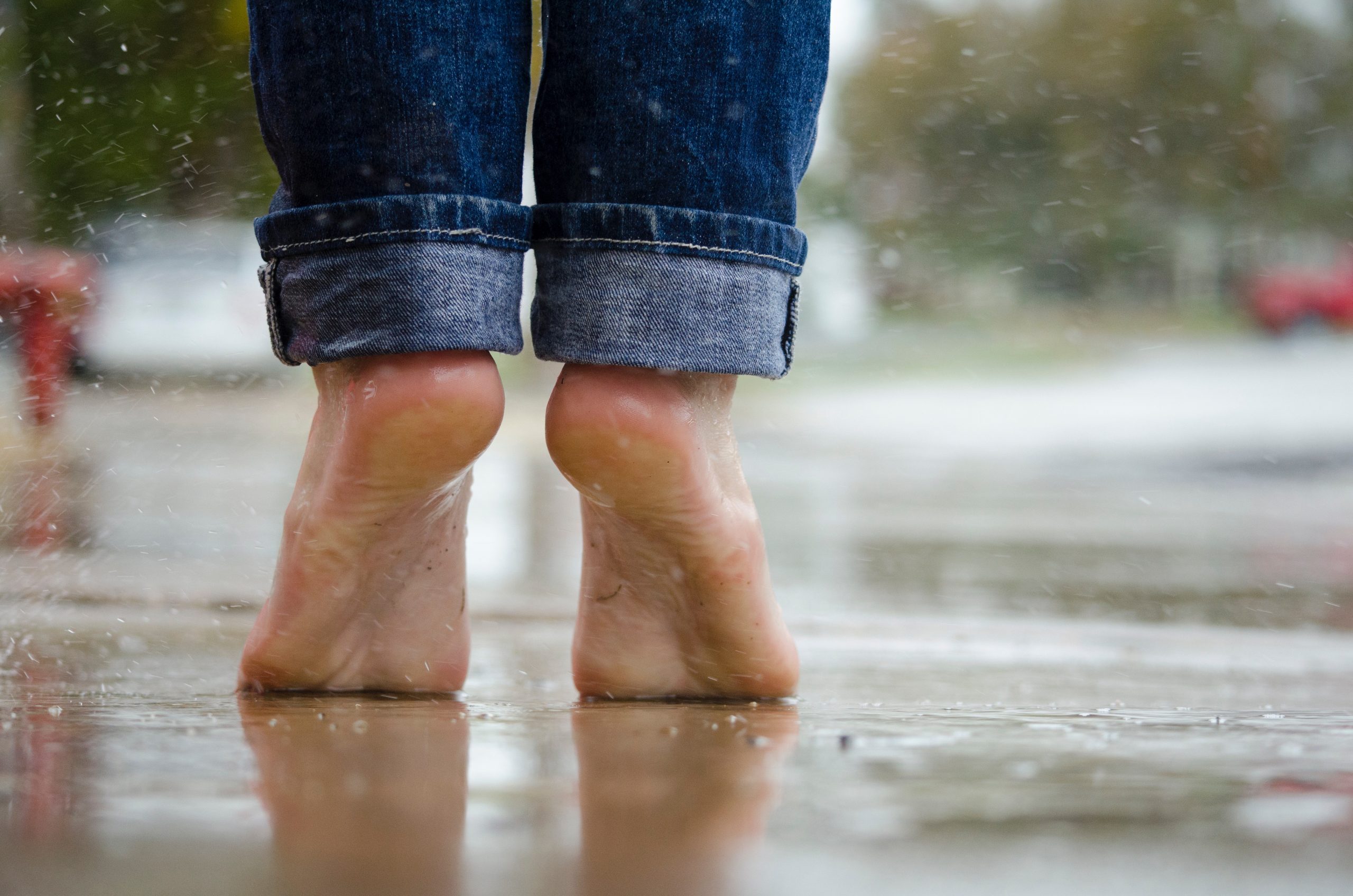Feeling Pain on the Top of Your Foot? Here Are 5 Possible Causes
Even though you work your entire body when running (including your arms, hips, and core), your feet bear a lot of the burden. So it’s particularly scary when you start to feel a flash of pain every time you take a step—and confusing when you can’t pinpoint the cause. That’s especially true for top-of-foot pain, which, unlike more well-known conditions such as plantar fasciitis and shin splints, can be difficult to self-diagnose.
The good news is: You’d know it if you had a full-on fracture because you’d barely be able to walk.
The bad news? You could have one of a few other problems, including a stress fracture that could turn into a full fracture if you aren’t careful.
In the meantime, here’s what could be causing your top-of-foot pain in particular, plus what you can do about it.
1. You have tendonitis.
Lots of people associate tendonitis (a.k.a. an inflamed tendon) with knee pain, but it’s also a common cause of top-of-foot pain. , How you know you have it: “The pain will be concentrated in the middle of your foot, close to your big toe
What to do: In addition to icing and taking an anti-inflammatory, you’ll also want to do some toe grip exercises to take the stress off the tendon, along with dorsiflexion (flexing your foot up towards your shin), helps this type of tendonitis. This type of foot pain is often found with high-arch foot types, so custom orthotics can also be helpful.
2. You have a metatarsal stress fracture.
There are five metatarsal bones in the center of your foot, and you can develop a metatarsal stress fracture if you go too hard, too fast. Look out for tell-tale swelling and pain concentrated on the top of your foot over the bones. The swelling could be so bad, you can’t see your veins anymore.
What to do: See your doctor. Otherwise, you risk creating a full-on fracture or another stress fracture.
3. You have “vamp disease.”
Vamp disease is a colloquial term for irritation over the top of the foot, and it sometimes happens when runners wear sneakers that are too tight.
What to do: Thankfully, you can easily solve this problem by loosening your laces or buying better fitting sneakers.
4. You have a neuroma.
It can also feel like a sharp pain that shoots up through your foot into your toes.
What to do: Look for a shoe with more room in the forefoot, then ice and take an anti-inflammatory to reduce the inflammation. You will likely need to get an MRI or an ultrasound to see a neuroma.
5. You have arthritis.
There are two common types of arthritis: osteoarthritis and rheumatoid arthritis. Osteoarthritisis caused by trauma to, or overuse of, your joints—the cartilage that cushions the bones in your joints deteriorates. Rheumatoid arthritis, on the other hand, is an autoimmune disorder. While runners are no more likely to suffer from arthritis than anyone else, it’s still a condition that affects and can cause foot pain that makes running difficult. According to the Mayo Clinic, you might experience pain, tenderness, stiffness, swelling, or loss of flexibility in your foot.
What to do: See your doctor if you’re experiencing any of the above symptoms that won’t go away, so they can determine what course of action will work best for you. They may do X-rays and other types of scans and recommend medications or other types of therapies to help treat your pain.
If you believe you may be experiencing any foot health issues, contact The Foot and Ankle Specialists of Achilles Podiatry for further evaluation and treatment. source: msn
